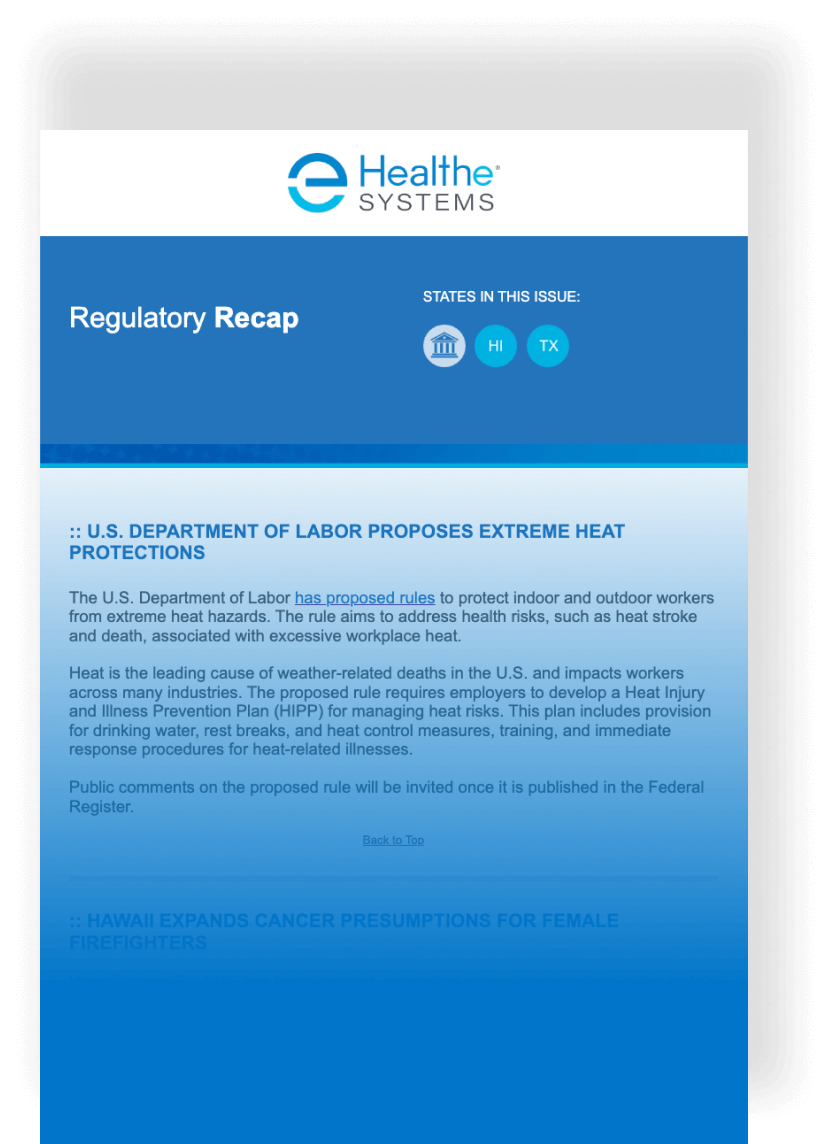The Workers’ Compensation Research Institute (WCRI) published a new report on heat-related illnesses in the workplace, utilizing workers’ comp data from across 31 states, accounting for approximately 80% of workers’ comp benefits in the U.S.
As the number of heat-related illnesses (HRIs), such as heat exhaustion and heat stroke, continues to rise, this FlashReport builds on prior WCRI research to better understand HRIs in the workplace and distinguish the effects of excessive heat on HRIs versus heat-related accidents.
According to the report, HRIs make up 210 out of every 100,000 claims – approximately 0.21% of claims. Most HRI claims involve relatively mild conditions such as heat exhaustion, while less than 3% of those claims had a diagnosis code for heat stroke.
HRIs increased dramatically with higher temperatures. The report notes that 90% of HRI claims occurred on days exceeding 80°F, with 56% on days over 90°F. Southern states had the highest rates of HRIs, with 309 per 100,000 claims.
Outdoor, physically demanding industries, like public safety saw 1,052 HRIs per 100,000 claims, while construction and agriculture far exceed indoor industries like healthcare, which saw only 22 HRIs per 100,000 claims.
The report also found that younger workers, (those younger than 35) had the highest rate of HRIs among age groups, at 250-300 HRI per 100,000 claims. Furthermore, workers with two months or less of job tenure saw rates of 345 HRIs per 100,000 claims. This indicates that inexperience drives up the likelihood of HRI.
Additionally, male workers experienced triple the HRI rate versus female workers.







